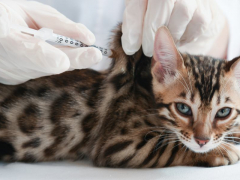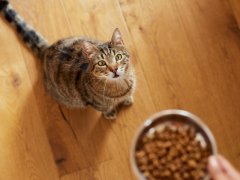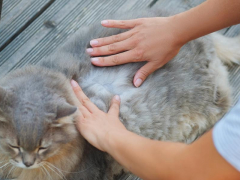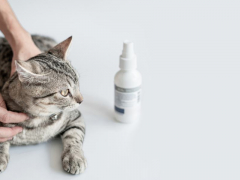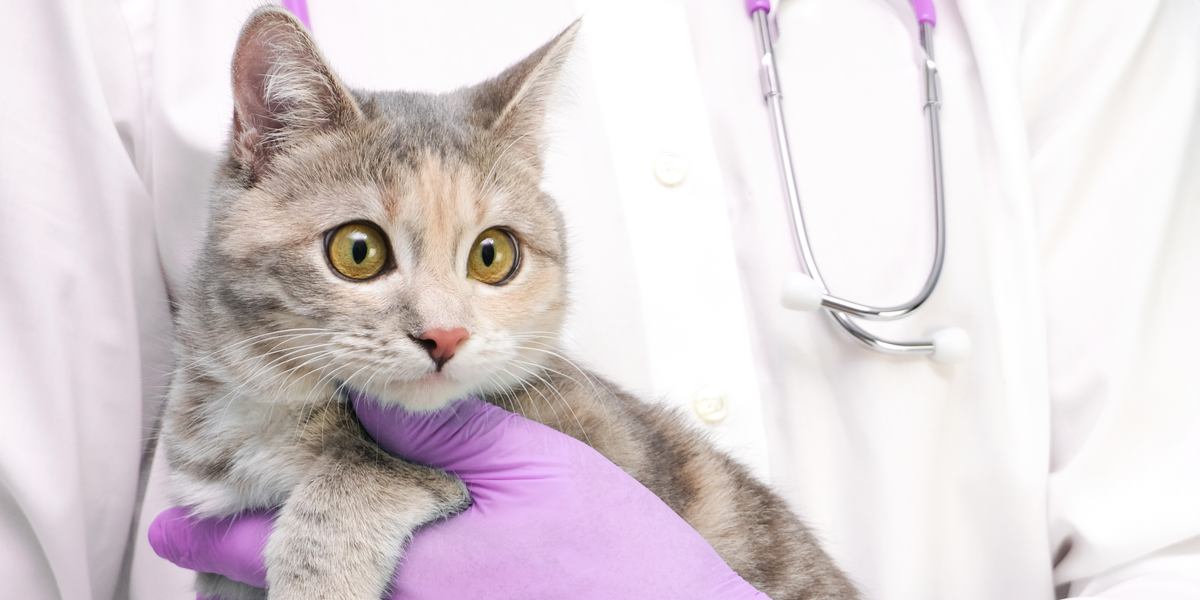
Phenobarbital is an anti-convulsant medication used commonly in veterinary medicine to help manage conditions that cause seizures. In this article you’ll learn how phenobarbital treats patients suffering from a seizure disorder, side effects to watch for, and some frequently asked questions.
Phenobarbital for Cats Overview

About Phenobarbital for Cats
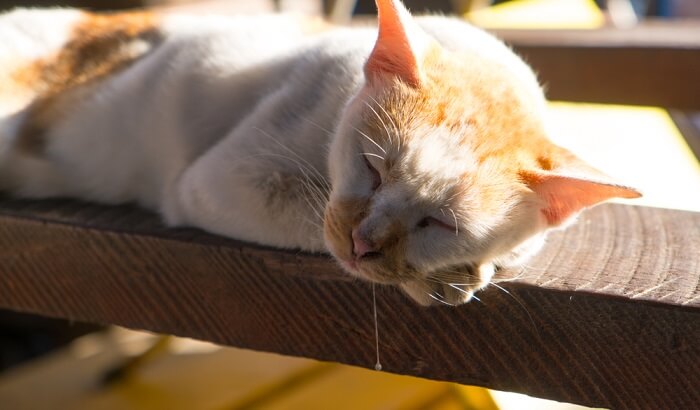
Phenobarbital is a barbiturate medication. Barbiturates are a class of drugs that act as central nervous system (CNS) depressants. They can be used as sedatives, to treat anxiety, and to control seizure disorders.
A seizure occurs when a sudden discharge of electrical signals occurs in the brain that leads to involuntary activity of the body, or seizing.
Patients experiencing a seizure often lose consciousness and the body may then exhibit the appearance of muscle spasms or convulsions, or a pet may go completely rigid with stiff muscles. Drooling, urination, and defecation may also occur.
Seizures can occur for a variety of reasons. The presence of brain tumors and inflammatory lesions in the brain can be one set of causes where something structurally abnormal is present. Pets may also develop seizures from certain underlying medical disorders like liver and kidney disease, toxin ingestion, or if a diabetic cat’s blood sugar goes too low.
But seizures can also occur secondary to a condition known as idiopathic epilepsy. With epilepsy, the neurologic overexcitement occurs leading to a seizure, but there is no known cause. Pets with epilepsy often have normal MRI (magnetic resonance imaging) scans of the brain.
As an anticonvulsant medication, phenobarbital helps to reduce the chance of a seizure occurring by reducing the abnormal electrical activity that leads to seizure episodes. There are several types of antiseizure medications available, each working in a different way, with some more effective in some cases than others.
Phenobarbital is one of the oldest antiseizure/antiepileptic drugs available for treating cats with seizure disorders.
What Does Phenobarbital Do for Cats?
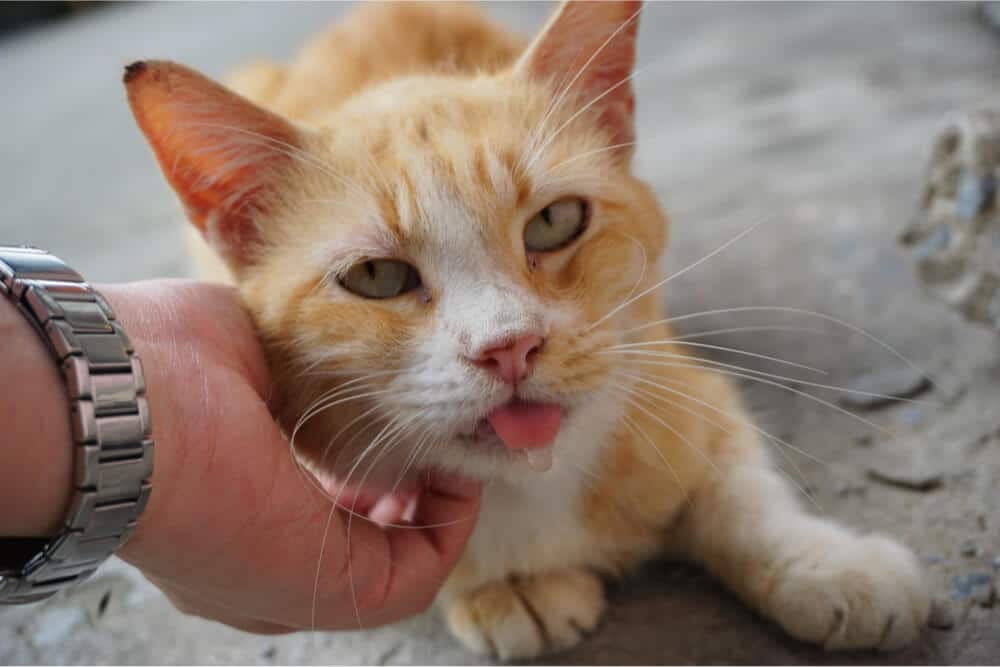
Barbiturates like phenobarbital generally cause depression of the central nervous system (CNS). They can inhibit a few different neurotransmitters, including acetylcholine, norepinephrine, and glutamate. Their actions raise the seizure threshold, requiring a lot more electrical overexcitement in the brain to have to occur to cause a seizure. This generally reduces the frequency of seizure events.
The degree of CNS depression phenobarbital causes depends on its dose. Their effects can also depend on a patient’s age, physical condition, and other medications being taken.
Although it has been around for a long time, phenobarbital is still one of the best medications to be used as a primary drug, or monotherapy, for a seizure condition. It tends to be more effective as a first-line choice compared to some other anti-seizure medications like zonisamide and potassium bromide.
Phenobarbital is also very inexpensive, making it a preference in some cases, especially for long-term use, compared to an effective but much pricier anti-seizure medication like Keppra (levetiracetam).
Side Effects of Phenobarbital for Cats
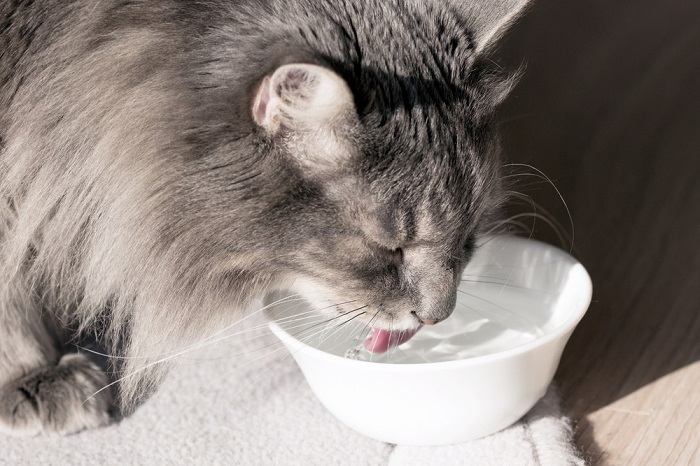
One common side effect of phenobarbital is excessive drinking and urination.
The most common adverse effects seen in cats on phenobarbital include balance issues when walking, drowsiness, facial itching, an excessive need to eat (leading to weight gain), and excessive drinking and urinating.
While very rare, immune-mediated reactions like reduced white blood cell and platelet counts have been described.
Because it depresses the central nervous system, respiratory depression (ineffective breathing) can occur. Cats appear to be more sensitive to this effect, though it is still typically only seen at higher doses.
Phenobarbital is largely metabolized by the liver. Unlike in dogs, who commonly have liver value elevations on their bloodwork, at least for the first couple of weeks when starting phenobarbital, cats do not appear to have the same sensitivity and liver value abnormalities are considered rare in kitties.
All the same, phenobarbital should be used with great caution in any cat with an underlying liver disorder. Because of the importance of having good liver function on this medication, veterinarians commonly check blood work prior to starting phenobarbital and then at least every six months thereafter.
Phenobarbital should also be used cautiously in any cat that is in a state of dehydration, has a low red cell count (anemia), cardiac disease, or respiratory disease.
While phenobarbital does not have direct effects on the kidneys, its effects on lowering blood pressure, which is called hypotension, can lead to concerns with renal function if pressure within the kidneys drops too low. This is typically also more a concern with high doses and overdoses.
When first starting phenobarbital, it is common to see excessive sleepiness, lack of energy, greater thirst and appetite, and an increased need to urinate. These signs typically abate after about three to four weeks.
In overdose situations, a majority of cats show signs of difficulty walking or keeping their balance and lethargy/sedation.
Phenobarbital can have drug interactions with other medications. For cats, common ones may include the appetite stimulant mirtazapine, the sedative dexmedetomidine, and opioids like buprenorphine, which should be used cautiously. Use with antihistamines may also increase the sedative effect.
There are many medications where concurrent phenobarbital use will decrease their effectiveness and their doses may need adjustment when starting phenobarbital or vice versa. Always make sure to discuss any medications or supplements your cat is currently taking when starting phenobarbital is being considered.
If you are ever concerned that your kitty may have developed side effects while using phenobarbital, or if an overdose is suspected, make sure to contact your primary veterinarian, neurology veterinarian, the ASPCA Animal Poison Control Center (1-888-426-4435) or Pet Poison Helpline (1-855-764-7661) immediately for further advice.
Phenobarbital for Cats Dosage
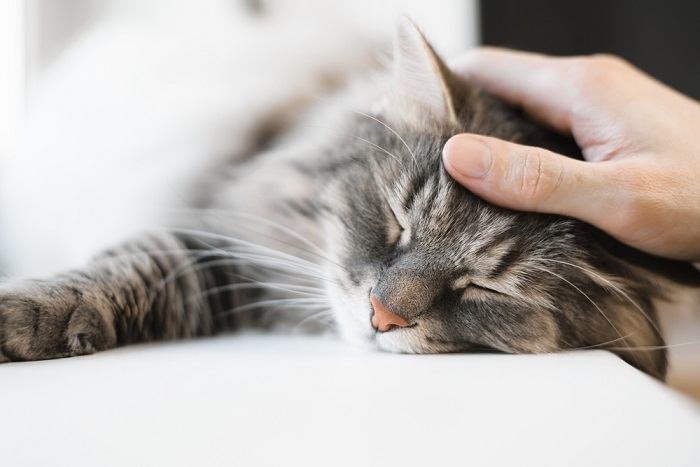
Though phenobarbital is considered a safe medication for cats, it can pose significant concerns if dosed too high, overdosed, or when it is improperly used.
Phenobarbital is used in an extra-label manner, meaning that it does not carry an FDA label, but a veterinarian can still prescribe it as long as an active relationship with the patient is present. This is very common when medications also used for humans are used in pets.
Phenobarbital is a schedule IV controlled substance. This means that at least in humans, it has some potential for abuse, and prescribed amounts and refills are carefully monitored.
Phenobarbital is prescribed for people with seizure and sleep disorders. It is extremely important to never use any medication you may have at home in your cat. Human doses and cat doses of a common medication may differ significantly and serious side effects could result.
Phenobarbital is considered a safe medication for cats when dosed properly, but can have significant concerns when dosed too high, overdosed, or when it is improperly used.
For these reasons, a specific dose for phenobarbital is not provided here. It is very important to always consult with your veterinarian before starting a medication like phenobarbital.
It’s also important to not give your cat an extra dose of phenobarbital or to alter the dose yourself if a seizure event has recently occurred. If your cat is actively having a seizure, it is most important to get your kitty to the nearest veterinary hospital for treatment. Never try to administer an oral medication to a pet that is actively seizing.
Safe use of phenobarbital involves checking the blood levels of the medication in the body through blood work. This is commonly recommended every six months. This is the best way to know if the drug is maintaining therapeutic levels, what dosage is most effective, and whether any adjustments need to be made. Serum phenobarbital levels should always be rechecked after any dosage adjustments.
Phenobarbital may be given with or without food. However, if any digestive upset occurs, giving with food may help.
Phenobarbital should not be discontinued abruptly as this can lead to withdrawal syndrome. This can be the case if a kitty has been on the medication for even just a few weeks. The medication is typically weaned slowly to help the body adjust. Weaning slowly is also important because seizures may recur if the medication is discontinued too quickly. Another medication to control seizures will typically need to be started at the same time that phenobarbital is being weaned.
Conclusion
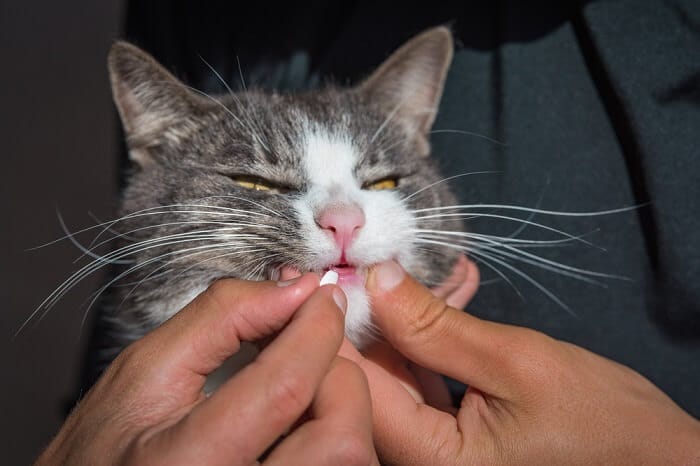
Phenobarbital is a long-standing medication for control of seizures in cats and it is typically very effective at controlling seizures. It is also very inexpensive. It does have some expected side effects to monitor for when first starting it, especially lethargy, increased appetite, excessive water consumption, and urination changes, but many of these dissipate after a few weeks. It does require more frequent blood work monitoring than some other medications.
Phenobarbital can also have many interactions with other medications that may require dose adjustments. Always make sure to discuss your cat’s medical history and other medications thoroughly with your veterinarian before starting phenobarbital for the best and most cautious approach to your cat’s health care.
Drug Dosing Disclaimer: We are only able to provide doses for medications that are FDA approved for use in cats and only as the label guidelines dictate. For medications that are used off-label we can only provide guidelines and safety information for use. Safe and appropriate dosing for off-label medications can only be determined by a primary care veterinarian.
We encourage you to work with your veterinarian to determine if a particular medication is appropriate for your cat. Changing or adjusting a dose for your cat on your own without consulting with a veterinarian can carry risk. We do not encourage use of medications prescribed for human use in pets without first consulting with a primary care veterinarian.
